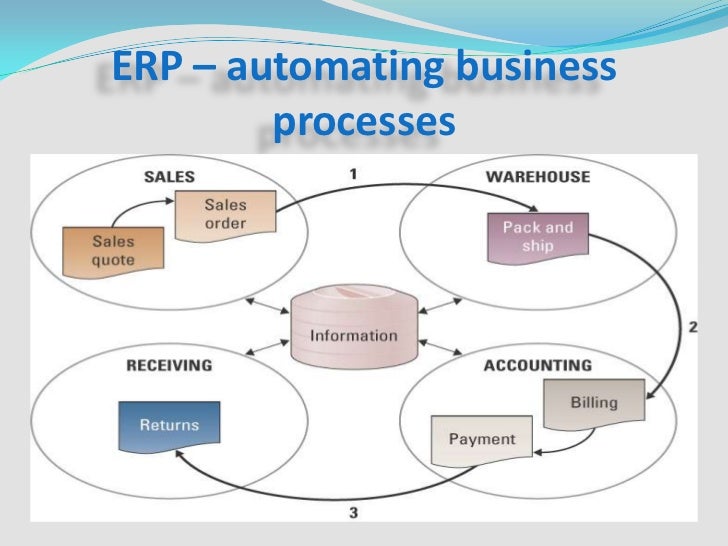- At the heart of all ERP systems is a database, when a user enters or updates information in one module, it is immediately and automatically updated throughout the entire system.
- It enables people in different business areas to communicate.
- ERP system helps an organization to obtain operational efficiencies, lower costs, improve supplier and customer relations, and increase revenues and market share.
- ERP enables employees across the organization to share information across a single, centralized database.
- With extended portal capabilities, an organization can also involve its suppliers and customers to participate in the workflow process, allowing ERP to penetrate the entire value chain, and help the organization achieve greater operational efficiency.


➤ THE ORGANIZATION BEFORE ERP
- Integration of SCM, CRM, and ERP is the key to success for many companies.
- Integration allows the unlocking of information to make it available to any user, anywhere, anytime.
➤INTEGRATION TOOL
* Middleware- several different types of software that sit in the middle of and provide connectivity between two or more software applications.
* Enterprise application integration (EAI) middleware- represents a new approach to middleware by packaging together commonly used functionality, such as providing prebuilt links to popular enterprise applications, which reduces the time necessary to develop solutions that integrate applications from multiple vendors.

ERP systems must integrate various organization processes and be :
- Flexible- an ERP system should be quicly in order to respond to the changing needs of an enterprise.
- Modular and open- an ERP system has to have open system architecture, meaning that any module can be interfaced with or detached whenever required without affecting the other modules. The system should support multiple hardware platforms for organizations that have a heterogeneous collection of systems. It must also support third- party add-on components.
- Comprehensive- an ERP system should be able to support a variety of organizational functions and must be suitable for a wide range of business organizations.
- Beyond the company- an ERP system must support external partnerships and collaboration efforts.
➤ ERP EXPLOSIVE GROWTH
Reasons of ERP being proven to be such a powerful force:
- ERP is a logical solution to the mess of incompatible applications that had sprung up in most businesses.
- ERP addresses the need for global information sharing and reporting.
- ERP is used to avoid the pain and expense of fixing legacy systems.
No comments:
Post a Comment